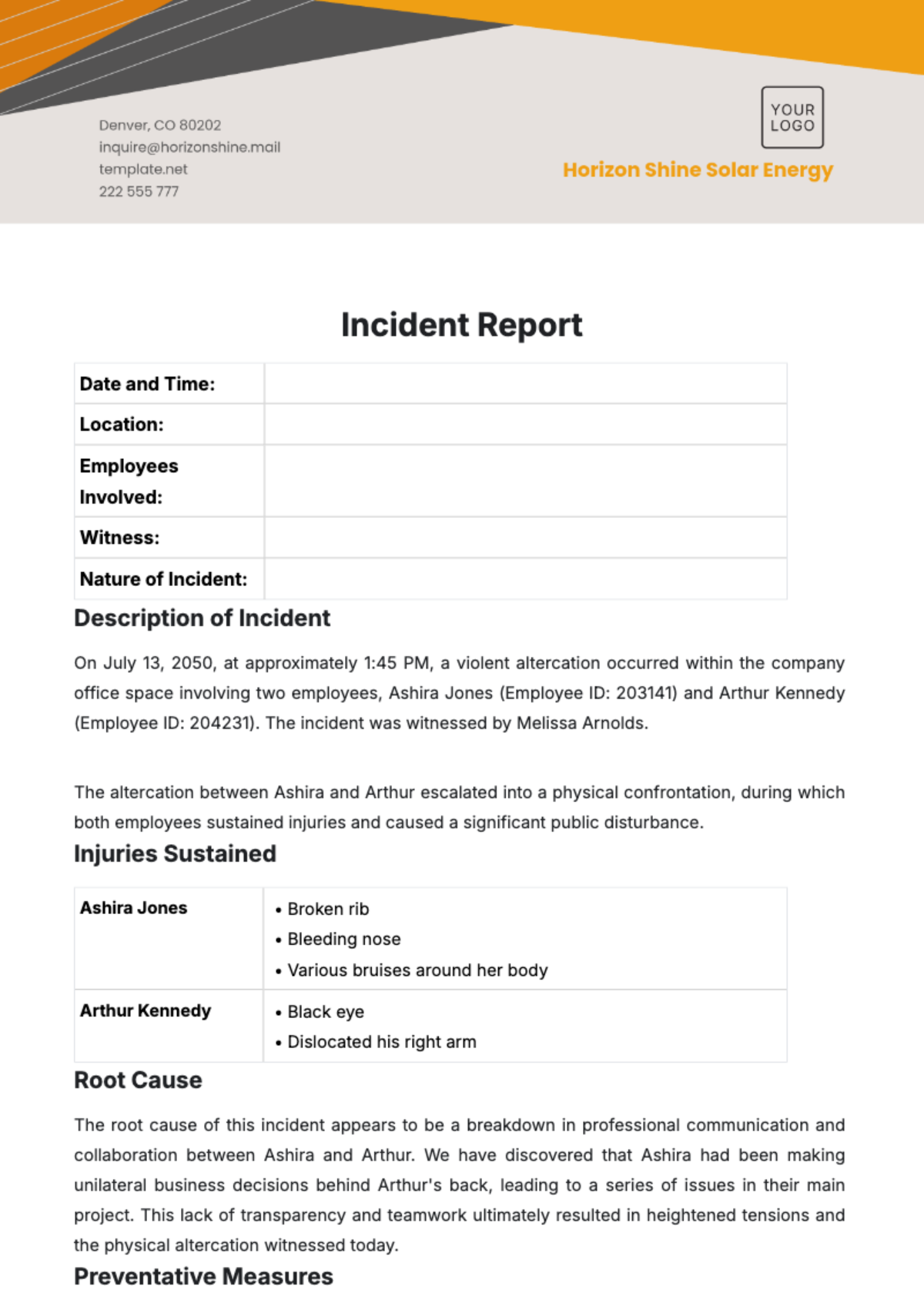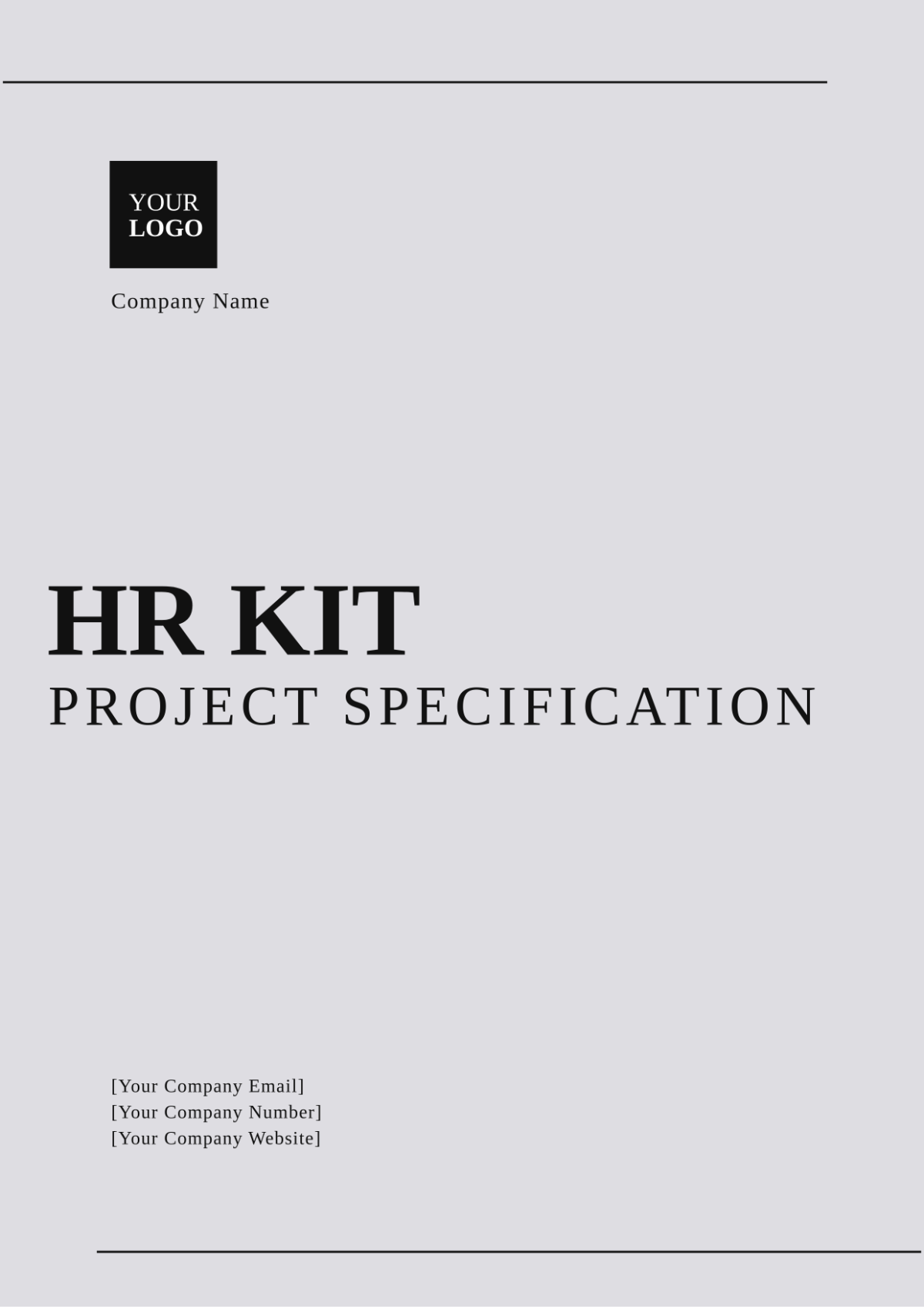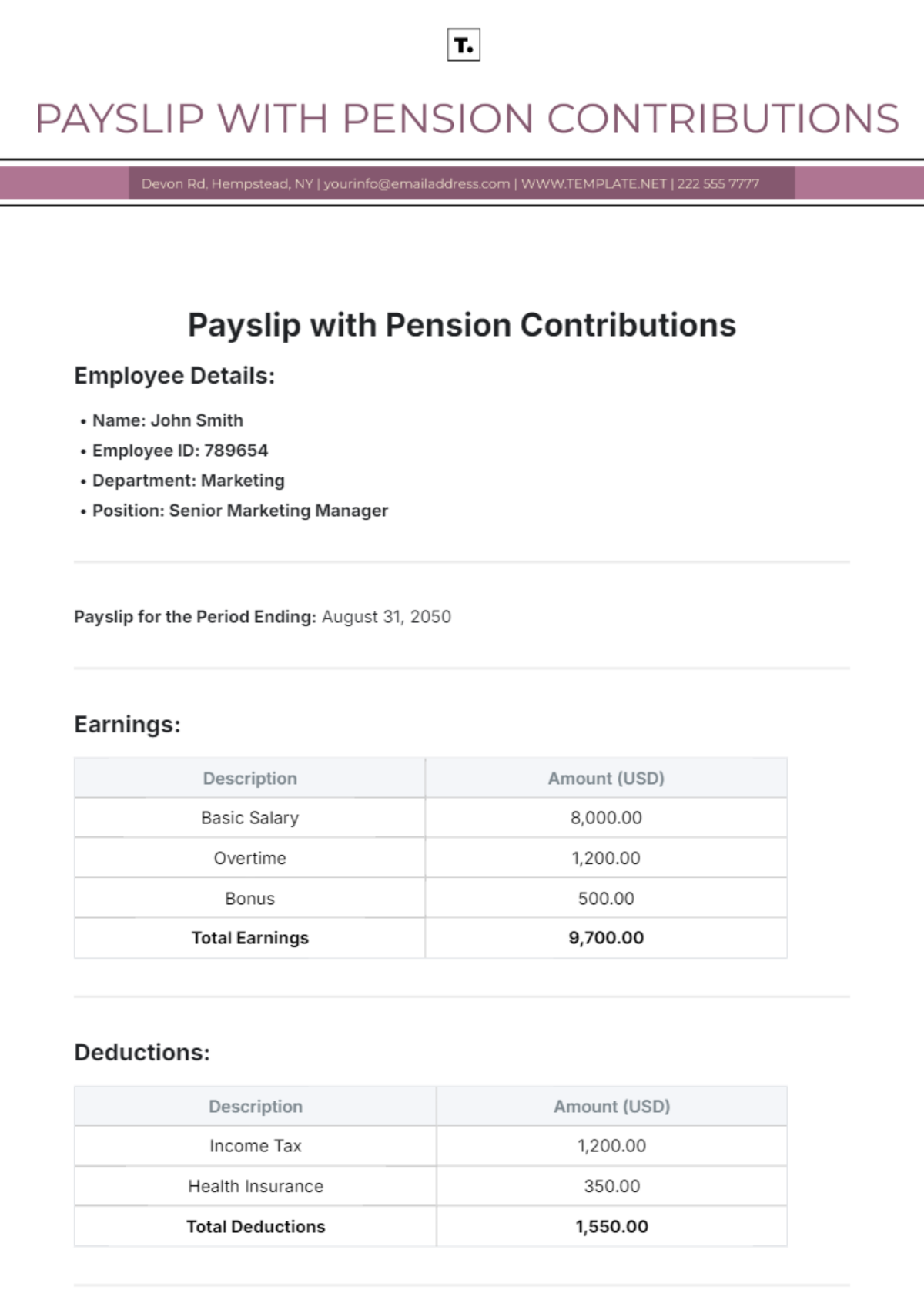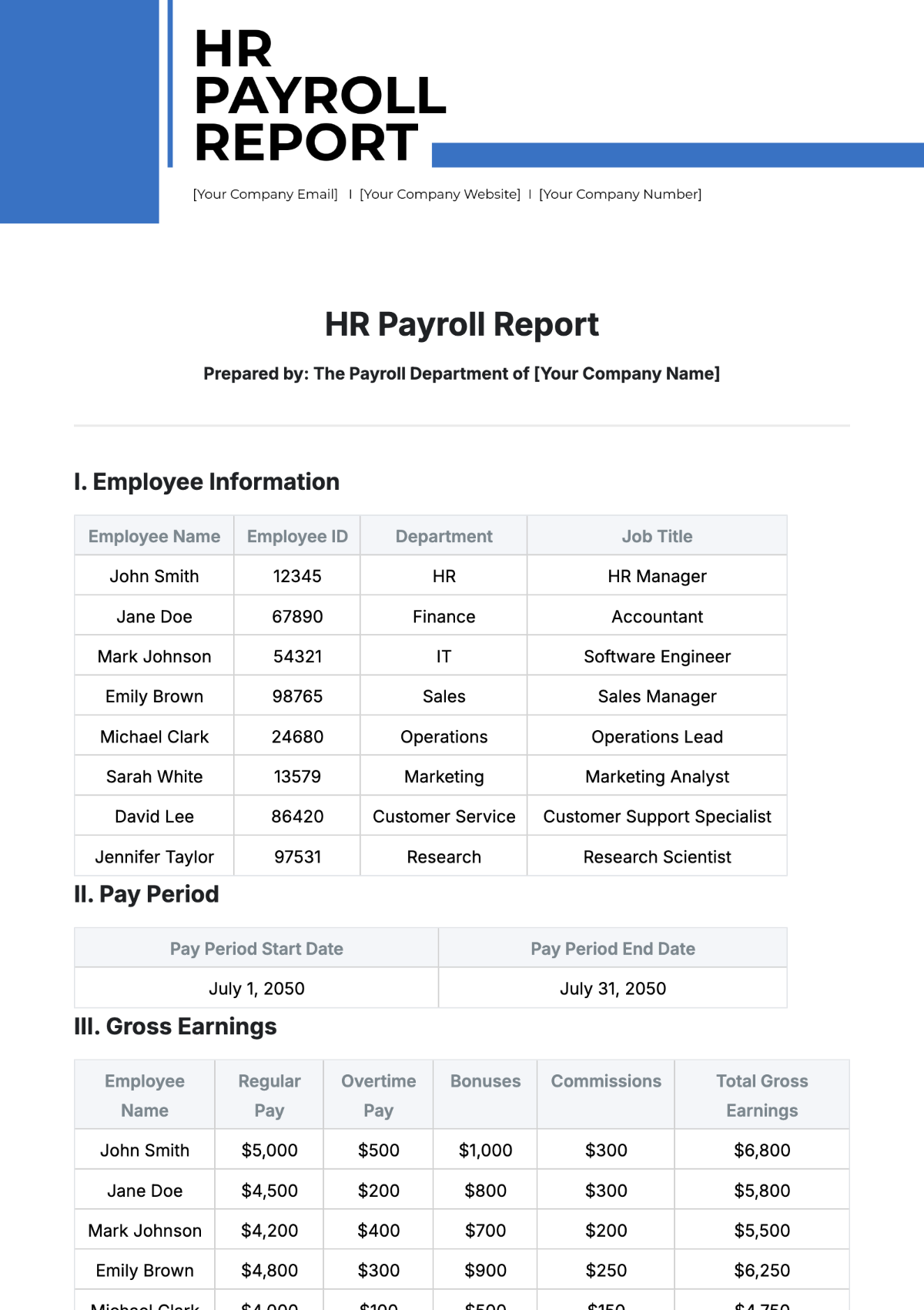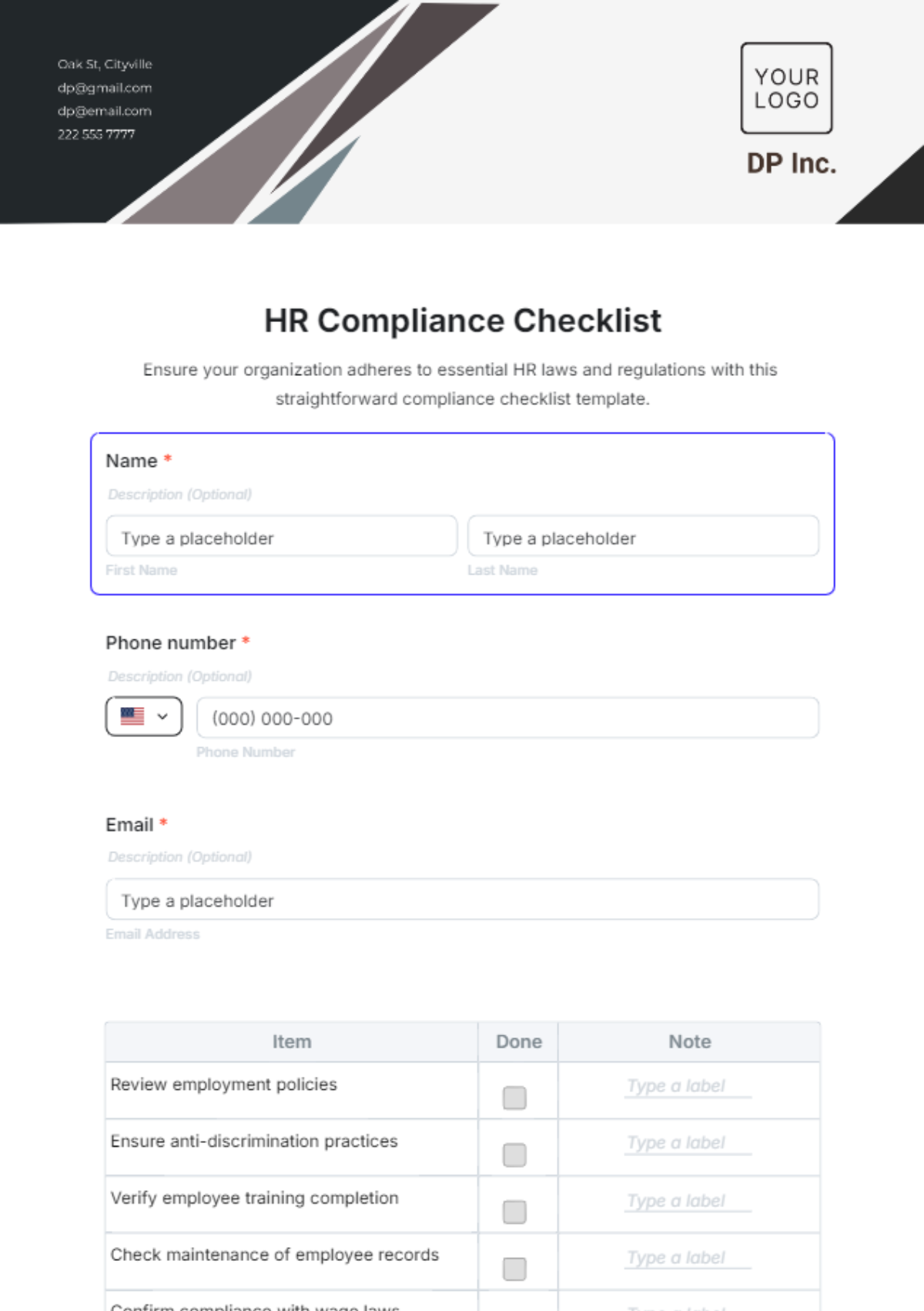Protocol for Organizing Corporate Training and Workshops
TABLE OF CONTENTS
Section 1: Introduction ..........................................................................................3
1.1 Purpose ......................................................................................................................3
1.2 Scope ........................................................................................................................3
Section 2: Needs Assessment ..............................................................................3
2.1 Identify Training Needs ...........................................................................................4
2.2 Define Objectives ....................................................................................................5
Section 3: Planning ...............................................................................................5
3.1 Training Plan .............................................................................................................5
3.2 Select Trainers .........................................................................................................5
Section 4: Logistics ..............................................................................................5
4.1 Venue and Facilities .................................................................................................6
4.2 Participant Registration ..........................................................................................6
Section 5: Content Development .........................................................................6
5.1 Curriculum Design ....................................................................................................6
5.2 Training Materials ....................................................................................................6
Section 6: Delivery ................................................................................................7
6.1 Facilitation .................................................................................................................7
6.2 Evaluation .................................................................................................................7
Section 7: Evaluation and Feedback .....................................................................7
7.1 Post-Training Evaluation ...........................................................................................7
7.2 Continuous Improvement ........................................................................................8
Section 8: Documentation and Reporting ............................................................8
8.1 Records Management ..............................................................................................8
8.2 Reporting .................................................................................................................8
Section 9: Communication ...................................................................................8
9.1 Promotion ..................................................................................................................9
9.2 Updates ....................................................................................................................9
Section 10: Compliance and Legal Considerations ..............................................9
10.1 Compliance .............................................................................................................9
10.2 Confidentiality ........................................................................................................9
Section 1: Introduction
This section is the gateway to our protocol for organizing corporate training and workshops. It articulates the core purpose of the protocol, which is to provide a clear and structured framework for planning and executing these critical activities within our organization. By actively stating the purpose upfront, we emphasize our commitment to enhancing employee skills and fostering professional growth. The scope of this section extends beyond mere documentation; it represents a strategic approach to aligning our training efforts with the broader goals of the company. Through this introduction, we set the stage for a transparent, consistent, and goal-oriented approach to corporate training and workshops.
1.1 Purpose
This protocol serves as a vital framework guiding the efficient organization of corporate training and workshops within our organization. It fosters a proactive approach towards enhancing employee skills, fostering professional growth, and ultimately contributing to the organization's overall success. By establishing a comprehensive protocol, we ensure that the process is transparent, consistent, and aligned with our company's objectives.
1.2 Scope
The scope of this protocol extends to all employees at [Company Name], regardless of their role or department. It encompasses a wide range of training initiatives, including technical skills development, soft skills enhancement, and leadership training. Whether the in–house personnel or the external providers conduct the training, this protocol provides a unified approach to planning and executing these programs.
Section 2: Needs Assessment
The needs assessment section is pivotal in the proactive management of our training initiatives. Here, we actively articulate our commitment to understanding and addressing the specific needs of our employees. By actively identifying these needs through surveys, feedback sessions, and performance analysis, we demonstrate our dedication to customizing training programs to ensure relevance and impact. Additionally, by defining clear objectives linked to organizational goals, we convey our intention to measure the effectiveness of each training program systematically. This section underscores our proactive and strategic approach to employee development.
2.1 Identify Training Needs
In this section, we actively engage in the crucial process of identifying and categorizing training needs among our employees. By actively assessing these needs, we ensure that we have tailored our training programs to address specific skill gaps and developmental requirements. This proactive approach reflects our commitment to fostering continuous improvement and employee growth.
Table 1: List of Common Training Needs
Name of Common Training Needs | Description |
Technical Skills | Skills and knowledge specific to job roles, technologies, or tools. |
Soft Skills | Interpersonal and communication skills, including teamwork, leadership, and conflict resolution. |
Compliance | Training is required to ensure adherence to legal and regulatory standards. |
Leadership Development | Programs aimed at nurturing leadership abilities among potential and current leaders. |
Customer Service | Training to enhance customer-facing skills and improve customer satisfaction. |
Sales and Marketing | Training to boost sales techniques, market awareness, and product knowledge. |
Diversity and Inclusion | Programs promoting diversity, equity, and inclusion in the workplace. |
Safety and Compliance | Training related to workplace safety, emergency response, and hazard awareness. |
Time Management | Skills to manage tasks efficiently and enhance productivity. |
Adaptability | Training to develop resilience and adapt to changing work environments. |
Identifying training needs actively involves considering these generic categories while conducting surveys, feedback sessions, and performance analysis. This comprehensive approach ensures that our training programs encompass a wide spectrum of employee development requirements, contributing to a well-rounded and skilled workforce.
2.2 Define Objectives
Defining clear and measurable learning objectives is essential for the success of any training program. We should closely align these objectives with our organization's strategic goals. By establishing precise learning outcomes, we can measure the effectiveness of each training initiative and its contribution to our broader corporate objectives.
Section 3: Planning
The planning section is where the active orchestration of our training programs begins. Here, we actively engage in the development of comprehensive training plans that encompass program objectives, content, and scheduling. Allocating resources and budget allocation demonstrates our commitment to ensuring that every training initiative receives the necessary support. Importantly, this section highlights the collaborative nature of planning, emphasizing the involvement of various stakeholders in shaping our training efforts. Through this active planning, we aim to ensure that our training programs are well-structured, aligned with organizational needs, and poised for success.
3.1 Training Plan
Our training plan forms the foundation of each program, outlining objectives, content, and schedules. We must allocate resources and budget appropriately for each training initiative to ensure that it runs smoothly and achieves its intended goals. Planning is a collaborative effort involving various stakeholders to ensure that the program's content and timing align with the organization's needs.
3.2 Select Trainers
Selecting the right trainers is paramount to the success of our training programs. Whether we choose internal subject matter experts or external trainers, they must possess the requisite qualifications and experience. These trainers play a pivotal role in conveying the training content effectively and engaging participants.
Section 4: Logistics
Logistics play a pivotal role in the seamless execution of our training programs, and this section actively addresses this aspect. We must emphasize the act of securing suitable venues, facilities, and equipment, as it directly impacts the quality of the training experience. Participant registration, as described here, underlines our dedication to simplifying the process and providing clear communication, thereby facilitating easy access to training opportunities. By actively addressing these logistical considerations, we ensure that participants can focus on learning without distractions or complications, fostering an optimal training environment.
4.1 Venue and Facilities
Securing suitable venues and ensuring necessary facilities are in place is essential. We must consider whether training will take place on-site or off-site and what equipment, materials, and technology will be required. Attention to logistical details ensures that participants can focus on the learning experience without distractions.
4.2 Participant Registration
We have essentialized the need to ensure a user-friendly registration process to ensure that participants can easily sign up for training. Confirmation of attendance and timely communication of logistics details, including dates, times, and locations, is vital for a smooth training experience.
Section 5: Content Development
Content development is at the heart of effective training, and this section actively underscores our commitment to this critical aspect. By actively designing structured curricula aligned with training objectives, we ensure that our training programs are not only informative but also impactful. The inclusion of interactive elements, case studies, and practical exercises actively reflects our desire to create engaging and hands-on learning experiences. Emphasizing the preparation of high-quality training materials and their timely distribution highlights our dedication to providing participants with the necessary resources for effective learning. Through this, we actively shape the content to empower our employees with valuable knowledge and skills.
5.1 Curriculum Design
Our curriculum design should be thorough and systematic. It must align precisely with the training objectives we have set. We emphasize the inclusion of interactive elements, case studies, and practical exercises to ensure that participants can apply their newly gained valuable skills and knowledge to their roles.
5.2 Training Materials
High-quality training materials are fundamental to the learning process. These materials include presentations, handouts, and reference materials. They must be well-prepared, accessible, and distributed to participants in advance to facilitate learning and post-training reference.
Section 6: Delivery
Effective delivery is pivotal to the success of our training programs, and this section actively addresses this aspect. By actively training facilitators and continuously monitoring sessions, we ensure that participants receive a high-quality learning experience. Evaluation, as described here, is not a passive process but an active mechanism for assessing and improving the training in real time. This section emphasizes our commitment to facilitating effective training sessions that lead to tangible learning outcomes.
6.1 Facilitation
Effective facilitation is the linchpin of successful training. Facilitators or instructors must be trained not only in the subject matter but also in ineffective delivery techniques. Regular monitoring of training sessions ensures that participants remain engaged and comprehend the material.
6.2 Evaluation
Evaluation is an ongoing process during training. Implementing assessments and feedback mechanisms allows us to gauge participants' understanding and adapt the training as needed. Participant feedback is invaluable for making real-time adjustments to improve the training experience.
Section 7: Evaluation and Feedback
The evaluation and feedback section is integral to our commitment to continuous improvement. Through post-training evaluations, we actively gauge the effectiveness of our training initiatives and assess whether they align with our objectives. We actively analyze feedback to identify areas for improvement, demonstrating our commitment to enhancing the quality of our training programs. The notion of continuous improvement, highlighted in this section, underlines our dedication to refining our training efforts based on real-time insights and feedback from participants.
7.1 Post-Training Evaluation
To gauge the effectiveness of our training programs, we conduct post-training evaluations. These evaluations assess whether the training achieved its objectives and met participants' expectations. The analysis of feedback guides our efforts in refining future training initiatives.
7.2 Continuous Improvement
Feedback collected through evaluations serves as a springboard for continuous improvement. We use these insights to fine-tune our training plans and content, ensuring that each successive training program is even more effective than the last. Adapting to changing needs and challenges is a cornerstone of our commitment to employee development.
Section 8: Documentation and Reporting
Documentation and reporting are active measures taken to ensure transparency and accountability in our training initiatives. By actively maintaining records of training attendance, materials, and evaluations, we demonstrate our commitment to thorough record-keeping. The generation of detailed reports, as we have emphasized here, actively promotes the sharing of valuable insights with stakeholders. Through these active measures, we ensure that our training efforts are well-documented, compliant with regulations, and open to scrutiny, promoting trust and accountability.
8.1 Records Management
Effective records management is essential for accountability and compliance. Maintaining comprehensive records of training attendance, materials, and evaluations ensures transparency and enables us to meet regulatory requirements efficiently.
8.2 Reporting
Generating detailed reports summarizing training outcomes and participant performance is crucial for sharing insights with relevant stakeholders. These reports provide a clear picture of the impact of our training initiatives and help inform future decisions regarding training investments and strategies.
Section 9: Communication
Effective communication is a cornerstone of successful training programs, and this section actively highlights our commitment to this vital aspect. Through active promotion of training programs, we strive to create awareness and excitement among employees, encouraging maximum participation. Timely updates and open lines of communication, as actively addressed here, demonstrate our responsiveness to participant needs and concerns. By actively maintaining clear and effective communication channels, we ensure that participants are well-informed and engaged throughout the training journey.
9.1 Promotion
Promoting our training programs effectively is essential to ensure maximum participation and engagement. We will establish clear communication channels to inform employees about upcoming training opportunities, highlighting the benefits and relevance of each program.
9.2 Updates
In the ever-evolving landscape of training, staying in touch with participants is critical. We provide timely updates regarding any changes or developments in training sessions, including updates to schedules or content. This open line of communication encourages participants to reach out with inquiries or concerns.
Section 10: Compliance and Legal Considerations
Compliance and legal considerations are not passive obligations but active commitments within our training protocol. This section emphasizes our dedication to adhering to legal and regulatory requirements actively. We actively monitor compliance and swiftly address any issues that may arise, showcasing our commitment to upholding the integrity of our training initiatives. Furthermore, the active protection of sensitive training data and materials through education and safeguards ensures that confidentiality is actively maintained. Through these active measures, we actively safeguard our training content and participants' data, upholding the highest standards of compliance and confidentiality.
10.1 Compliance
Ensuring that all training programs adhere to legal and regulatory requirements is non-negotiable. We actively monitor compliance and promptly address any issues that may arise to protect the integrity of our training initiatives.
10.2 Confidentiality
Protecting sensitive training data and materials is paramount. We will educate all trainers and participants on data protection measures to safeguard confidential information. This commitment to confidentiality ensures the security of our training content and participants' data.


